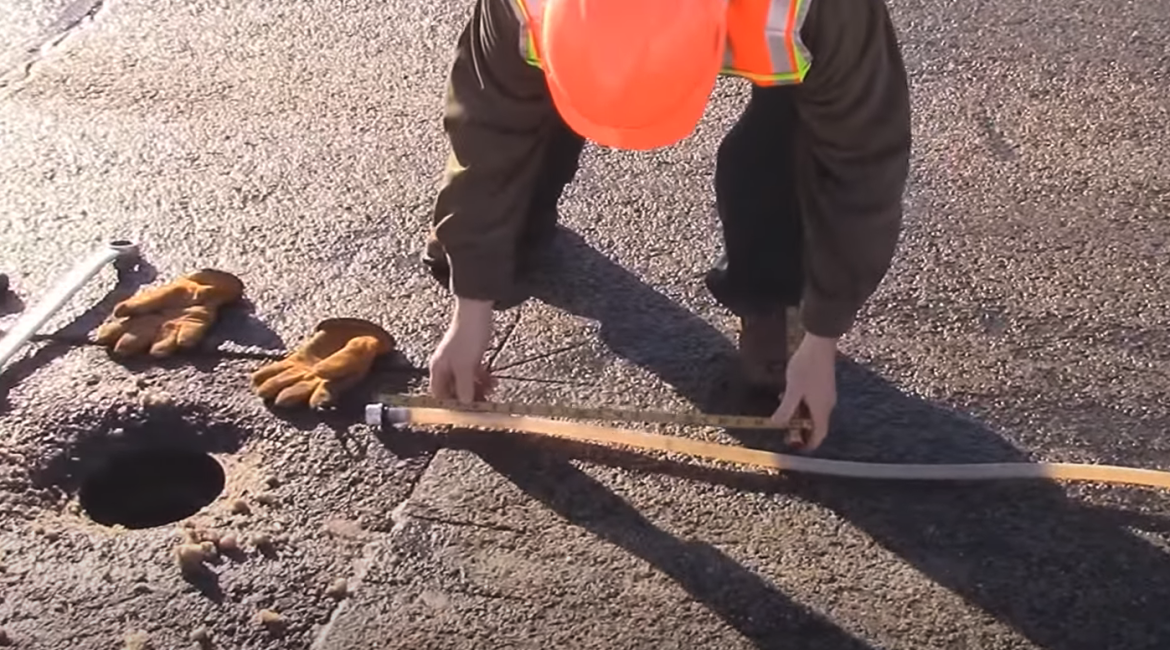A “frozen road law” goes into effect tomorrow, at midnight, which will impact regions designated as Zone 1 and 2, according to information released Wednesday by the Wisconsin Department of Transportation (DOT).
The affected zones include U.S. 10 near Stevens Point, along with numbered state and federal highways north of U.S. 10, according to the release.
The frozen road determinations for other areas of the state will be made when conditions warrant it, the release noted.
According to a map of DOT designated zones, Walworth County resides in Zones 4 and 5, while Jefferson County resides in Zone 4.
Neither zone will be affected on Thursday.
The DOT notes that a frozen road period could begin in Zones 3-5 “when conditions warrant.”
As stated in the release, the frozen road law allows vehicles hauling abrasives or salt for highway winter maintenance and certain forest products to carry more weight. The seasonal program is designed to help protect the state’s investment in roads.
As stated in the release, DOT and county highway personnel monitor temperature forecasts, along with frost tubes, defined as liquid-filled devices under pavement, to help determine when roads are adequately frozen to accommodate heavier loads. A video, offering an explanation of frost tubes, is here: https://www.youtube.com/watch?v=cGvOoYYKAS0.
The declaration is issued once the ground under highway pavement is frozen to a depth of at least 18 inches, allowing the maximum gross weight for trucks hauling logs or salt and sand for maintaining roads in winter to go up to 98,000 pounds on vehicles with a minimum of five axles (from the normal 80,000 pounds). Special permits for hauling the increased weights are not required in Zone 1 and Zone 2; however, vehicles must be legally licensed at 80,000 pounds to handle the increased weights. The higher weight limits do not apply to county or local roads unless authorized by the local agency having maintenance authority. Also, higher weights may not be transported on any highways or bridges specifically posted for lower weight limits.
A recorded message with general information on road restrictions is available by calling: 608-266-8417.
The release, within a frozen roads zone map, define each zone as follows:
• Zone 1: Extends from the Minnesota border, Lake Superior, and the Michigan border south to and including US Highway 8.
• Zone 2: Extends from the southern limit of Zone 1 to and including a line defined by US Highway 10, east on State Highway 73, east on State Highway 54, north on State Highway 22/110, east on State Highway 22 east to Lake Michigan east of Oconto (including Highways 10, 22, 54, 73, and 110).
• Zone 3: Extends from the southern limit of Zone 2 to and including a line defined by US Highway 151, east on US Highway 10 to Lake Michigan (including Highways 10 and 151).
• Zone 4: Extends from the southern limit of Zone 3 to and including a line defined by I-39/90 starting at the Illinois border, east on I-43, north on State Highway 164, east on State Highway 167 east to Lake Michigan (including Highways 39/90, 43, 164, and 167).
• Zone 5: Extends from the southern limit of Zone 4 to the Illinois border and Lake Michigan.
Changes made within each zone, as conditions warrant, can be found within an interactive map produced by the DOT and found here: https://wisdot.maps.arcgis.com/apps/MapSeries/index.html?appid=2e56b5b256124198b0be2c4815c42a18.

The map above, as supplied by the WisDOT shows the various zones applied when determining conditions affecting the state’s “frozen road law.”

A worker checks frost tubes located beneath a highway to determine frozen road conditions. A video produced by the Wisconsin Department of Transportation explaining frost tubes and how they work is here: https://www.youtube.com/watch?v=cGvOoYYKAS0. Screen shot photo.
This post has already been read 1189 times!
